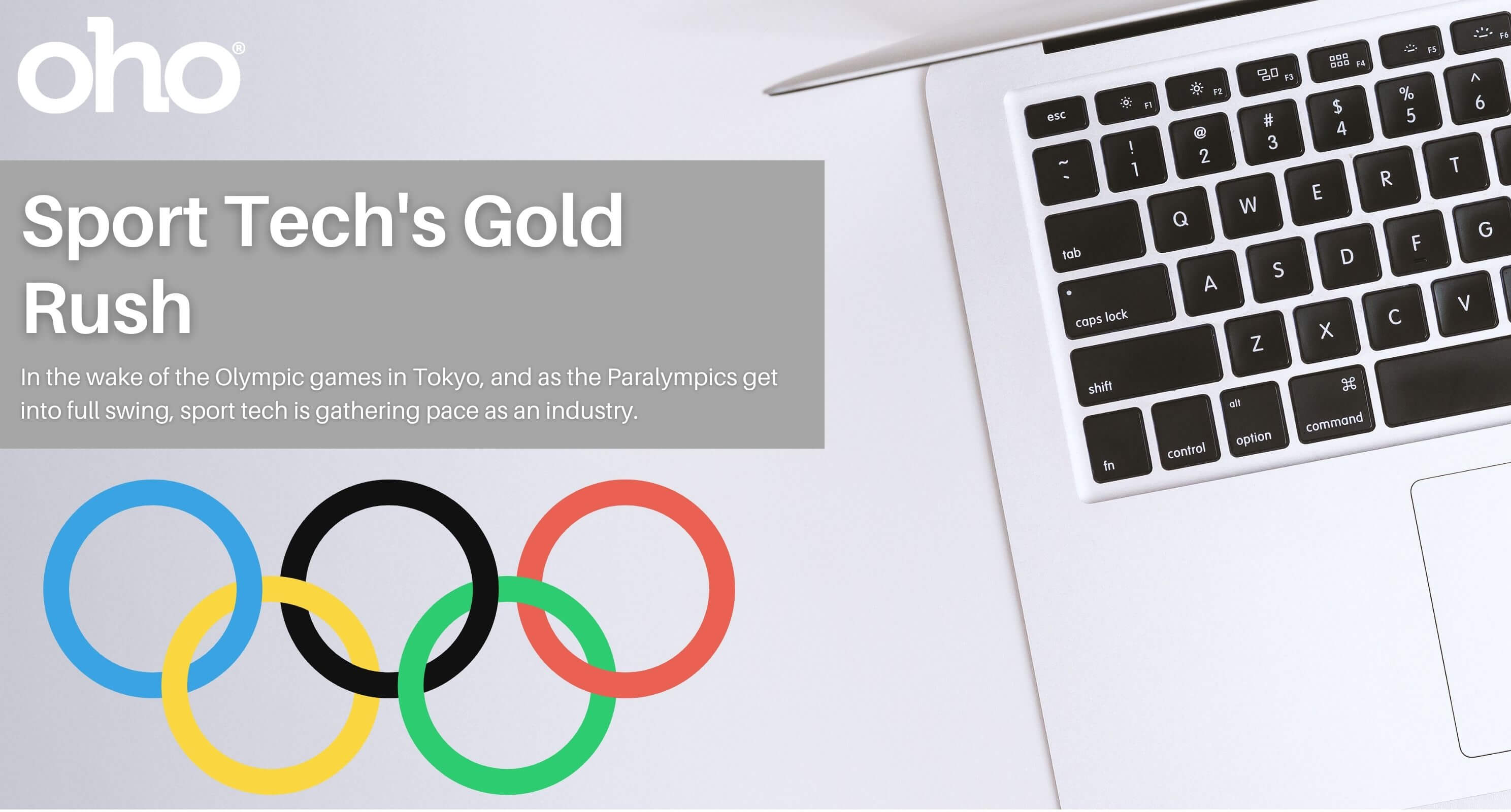
Sport Tech's Gold Rush
25 Sep, 20215 mins
In the wake of the Olympic games in Tokyo, and as the Paralympics get into full swing, sport tech is gathering pace as an industry. We look at four key sporting areas - measurement, analytics, training/wearables and viewing - that were impacted by innovative technology at Tokyo 2020, and the firms that are working in these fields in the UK.
Measurement
The first modern Olympic games in 1896 saw all judges use their own stopwatches to time races, before Heuer (now TAG Heuer) stepped in and standardised things. Omega has been the games’ official timekeeper since 1932, and provided plenty of innovation in Tokyo this year.
Its Scan’O’Vision Myria Photo Finish camera was deployed on finish lines throughout the games. The camera takes an image that is one pixel wide, and 2048 pixels high. With this single pixel width lens aligned precisely with the finish line, the camera captures 10,000 frames per second. Omega’s technology then compiles these images into a single picture that establishes with precise detail when a toenail or bicycle tyre crosses the finish line.
UK-based fans of this kind of precision measurement technology will already know of Hawk-Eye, which has offices in London, Basingstoke and Bristol.
Analytics
[Incoming IT buzzword klaxon]
Intel and Alibaba combined the former’s hardware and deep learning capabilities with the latter’s cloud computing platform to provide AI- and computer vision-powered athlete tracking during the 2020 Olympics. Athletes’ biomechanical performance data was provided to coaches and viewers in real-time through the partnership between the two.
Additionally, Panasonic deployed contactless biometric data display technology at the Tokyo games. Its innovative technology detects minute changes in athletes’ skin colour, invisible to the naked eye, in order to calculate their heart rate.
London has a clutch of highly innovative sports analytics firms. Nebraska-based Hudl has a development centre in Angel, where it uses its own brand of computer vision to provide analytics products to elite sports teams around the world. Meanwhile, Football Radar in Kensington was an early pioneer of next-generation football analysis.
Wearables
Mind counts as much as muscle in elite sports. The US weightlifting team, as well as the Thai and Japanese archery teams, used FocusCalm, a neurofeedback wearable, to build neuroplasticity and neural pathways for elite performance.
But innovation in wearables isn’t restricted to gadgetry. Athletes’ uniforms were more high-tech at the Tokyo games than ever before. Speedo, for example, developed suits for the US swimming team that were modelled on shark skin, in order to minimise drag in the water.
Meanwhile, researchers at the University of Reading developed clothing technology which recycles expended energy, putting it back into the wearer’s body via infra-red light to enhance performance and recovery. Rowing, cycling, athletics and horse riding teams have already adopted the technology at the Olympics.
If you wish you could get more back from the energy you spend exercising, innovative UK startup Sweatcoin rewards you with digital currency in exchange for steps - think Bitcoin meets Fitbit. At present, Sweatcoins can be spent on products including iPhones, yoga classes and high-tech shoes, but the company’s website asserts that they will soon “become a universally accepted form of payment.”
Viewing
With no spectators able to watch live this year, broadcasting the Olympic games to a global audience was under unprecedented pressure to capture the realism and drama of the events and bring them into people’s homes.
Multi-Cam Replay, with 60-80 high-speed, 4K cameras capturing action from all around the athletes, allowed some amazing new insight into the action for Olympics viewers. Remember those matrix-style replays in the taekwondo? They were generated by a single operator freezing the input from all those robotically-controlled cameras, then panning and zooming in so the audience at home could see exactly what was going on.
The system was developed by Japan’s national broadcaster, NHK. British broadcasting infrastructure firm Arqiva, however, is currently expanding its own sports and other media broadcasting capabilities, with a variety of technical roles on offer in its Winchester office or remote.

